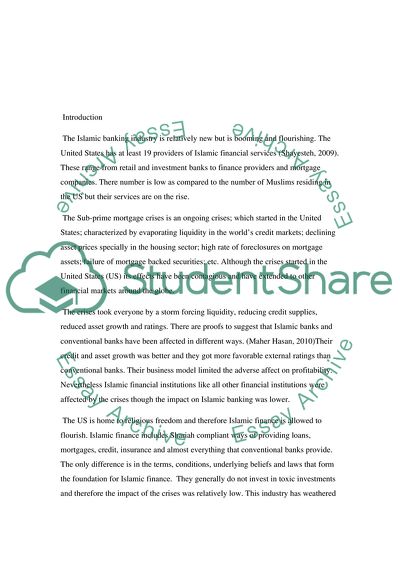Cite this document
(The Global Financial Crisis and Its Affect on Islamic Banks in the USA Research Proposal, n.d.)
The Global Financial Crisis and Its Affect on Islamic Banks in the USA Research Proposal. https://studentshare.org/finance-accounting/1744817-current-global-financial-crisis-and-its-impact-on-islamic-banks-in-the-us
The Global Financial Crisis and Its Affect on Islamic Banks in the USA Research Proposal. https://studentshare.org/finance-accounting/1744817-current-global-financial-crisis-and-its-impact-on-islamic-banks-in-the-us
(The Global Financial Crisis and Its Affect on Islamic Banks in the USA Research Proposal)
The Global Financial Crisis and Its Affect on Islamic Banks in the USA Research Proposal. https://studentshare.org/finance-accounting/1744817-current-global-financial-crisis-and-its-impact-on-islamic-banks-in-the-us.
The Global Financial Crisis and Its Affect on Islamic Banks in the USA Research Proposal. https://studentshare.org/finance-accounting/1744817-current-global-financial-crisis-and-its-impact-on-islamic-banks-in-the-us.
“The Global Financial Crisis and Its Affect on Islamic Banks in the USA Research Proposal”. https://studentshare.org/finance-accounting/1744817-current-global-financial-crisis-and-its-impact-on-islamic-banks-in-the-us.


